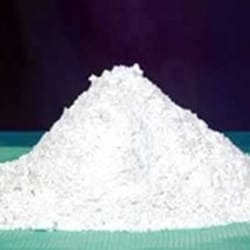Maleic Anhydride
|
IUPAC Name |
: Furan-2,5-dione |
|
Cas Number |
: 108-31-6 |
|
HS Code |
: 2917.14.00 |
|
Formula |
: C4H2O3 |
Basic Info
|
Appearance Name |
: White crystal |
|
Common Names |
: Maleic anhydride, cis-Butenedioic anhydride, 2,5-Furanedione, Maleic acid anhydride, Toxilic anhydride |
|
Packaging |
: 840 @ 25 kg PP/PE bags, 21 MT / 20FCL |


---china.webp)
---india.webp)

---china.webp)
